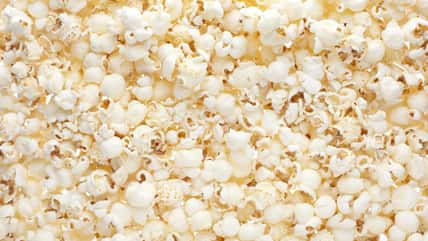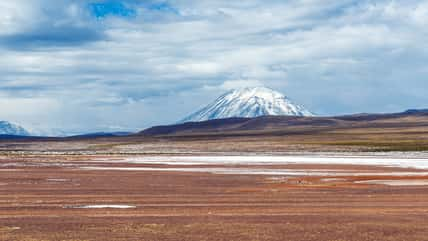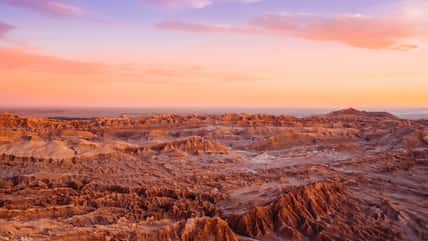The Cause Of Strange Swirls On The Moon Has Long Remained A Mystery, But New Research Suggests The Composition Of Lunar Soil Is A Primary Contributor To These Patterns

Lunar swirls are light-colored patterns on the moon that almost look like they have been painted on the darker lunar surface. Some of them are hundreds of miles long. So far, the origin and cause of these strange swirls have remained a mystery.
But now, scientists are one step closer to cracking the case. They discovered that the composition of lunar soil, also known as regolith, is a major contributor to the alternating dark and light patches of the swirls.
The best-known lunar swirl is the Reiner Gamma, which can be seen even by amateur astronomers through a backyard telescope in Oceanus Procellarum. Scientists know that the rocks within the swirls are linked to magnetic anomalies under the moon’s surface. However, the process that creates them has been unclear.
“The scientific community has long been examining the differences between the bright and dark regions in these distinctive albedo markings,” said Debrah Domingue, the lead author of the study and a scientist at the Planetary Science Institute in Arizona.
In 2023, researchers at the institute used observations from NASA’s Lunar Reconnaissance Orbiter to determine that the lighter parts of the swirls were typically several feet lower than dark areas. Domingue and colleagues also investigated three possible causes for the brighter markings.
They looked at the differences in what the regolith was made from, the grain size in the regolith, and how compact it was. They concluded that the composition of regolith, particularly the presence of plagioclase and ferrous oxide, played a key role. Plagioclase is an aluminum-bearing mineral, while ferrous oxide is an iron compound.
“Grain size differences might also contribute to the brightness variations, but we do not see differences in compaction within our study area,” Domingue said. “We also note differences in grain types and structures between bright and dark area soils. This indicates that there is more than one process at work to form these features.”
At present, there are three main explanations for the swirls that could also explain their relationships with composition and surface elevation. The first theory is that a dense iron asteroid struck a particular region on the moon long ago, resulting in the formation of a magnetic field.
The magnetic field could now be shielding the surface from space weather, such as the solar wind and cosmic rays. The pattern of the swirls may represent the lines of the magnetic field.

krsprs – stock.adobe.com – illustrative purposes only
Another theory is that the magnetic field causes electrically charged dust to rise and hover in the air while sorting the grains by size and composition. The final option suggests that the swirls were created by an ancient comet impact.
The turbulence in the cloud of ice and dust that surrounded the comet’s head would have scraped the lunar surface right before the collision, exposing fresh lunar material. The violence of the impact magnetized the surface.
A fourth possibility was presented recently, in which researchers proposed that the swirls were produced by magnetized lava under the moon’s surface.
Overall, the results of the new study seem to support several explanations rather than rule any out. More research will be needed to get down to the bottom of the lunar swirls mystery.
The study was published in The Planetary Science Journal.
Sign up for Chip Chick’s newsletter and get stories like this delivered to your inbox.
More About:News





